Last week we talked about tidal forces within our solar system. This week we’re going to expand our view and encompass the entire universe. Some of the most dramatic events originate from tidal forces caused by gravity: other worlds, galaxies, black holes and even entire clusters of galaxies are under this influence.
Ep. 38: Neutron Stars and their Exotic Cousins
Huge stars become black holes, and small stars become white dwarfs. But medium-sized stars can become neutron stars; exotic objects that overcome the nuclear force holding protons and electrons apart. What was once the size of a star is compressed down to only a few dozen kilometres across.
Ep. 35: Questions Show #4
We know there’s matter, and we know there’s anti-matter. If there’s dark matter, is there an anti-dark matter? How come gravity can escape from a black hole? Do black holes capture dark matter? Can a moon have a moon? Can a planet have two stars? If you’ve had any of these questions, you’ll want to listen to this week’s show.
Ep. 21: Questions Show #2
Our episode on black holes generated many many questions from listeners. We dip into this bottomless pool of questions and start dealing with them. Are really big black holes like the Big Bang? How can black holes evaporate? What would it look like to stand on a black hole? And just how large would a rock have to be before its gravity is so strong that a human can’t escape?
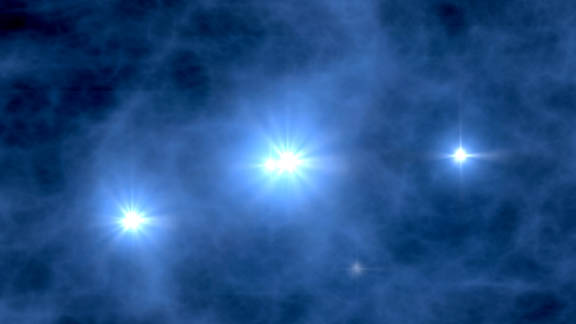
Ep. 664: The First Stars
The Sun is a third generation star, polluted with the metals from long dead stars. Astronomers have also discovered second generation stars, with very low metallicity. But theories suggest there must be a first generation, with stars made from only pure hydrogen and helium. Can we ever find them?
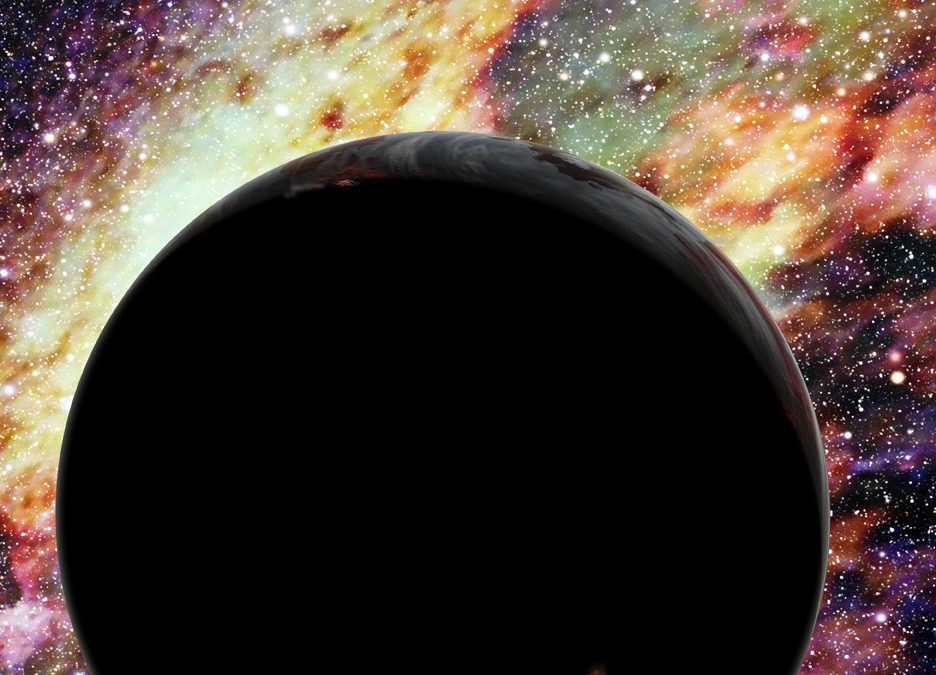
Ep. 660: Runaway! Runaway! Escaping Stars, Planets & Small Bodies
Moons orbit planets, planets orbit stars, stars orbit within galaxies. It’s orbits all the way down. But occasionally objects can receive a powerful kick that sends them off on a journey, never to return.
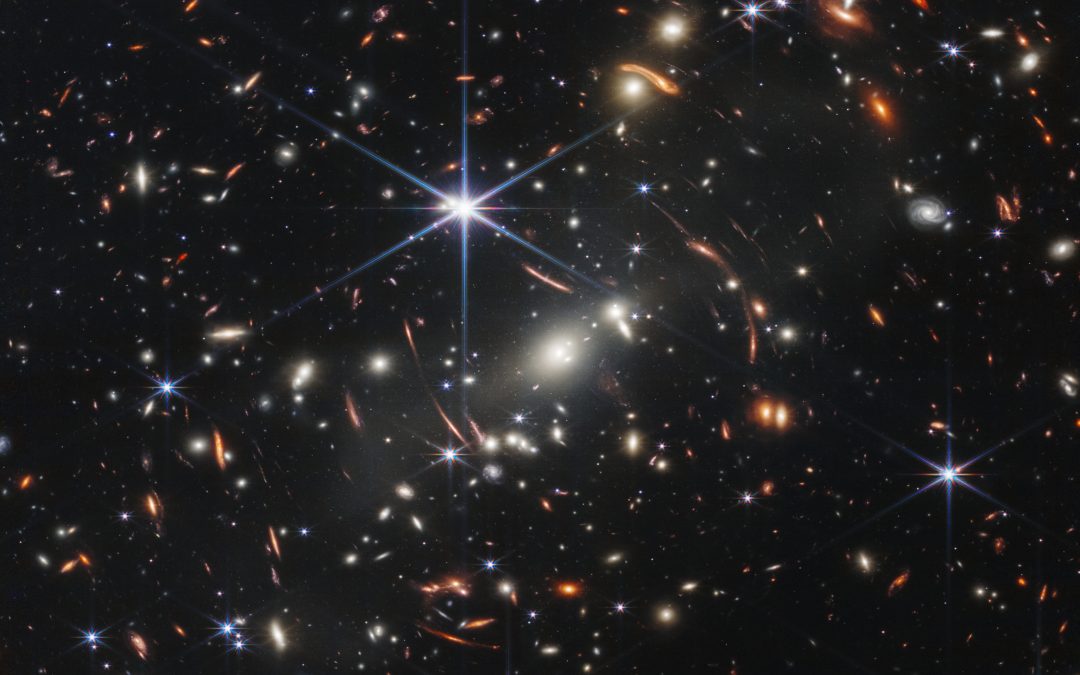
Ep. 650: First Light for JWST
Well, this is it, we’re finally going to talk about the James Webb Space Telescope. After decades of development, delays and budget creep, the powerful infrared observatory is at its final home at the L2 Lagrange Point. Yesterday we saw the first scientific images from the telescope, and according to Pamela’s rules, we’re finally allowed to talk about it.
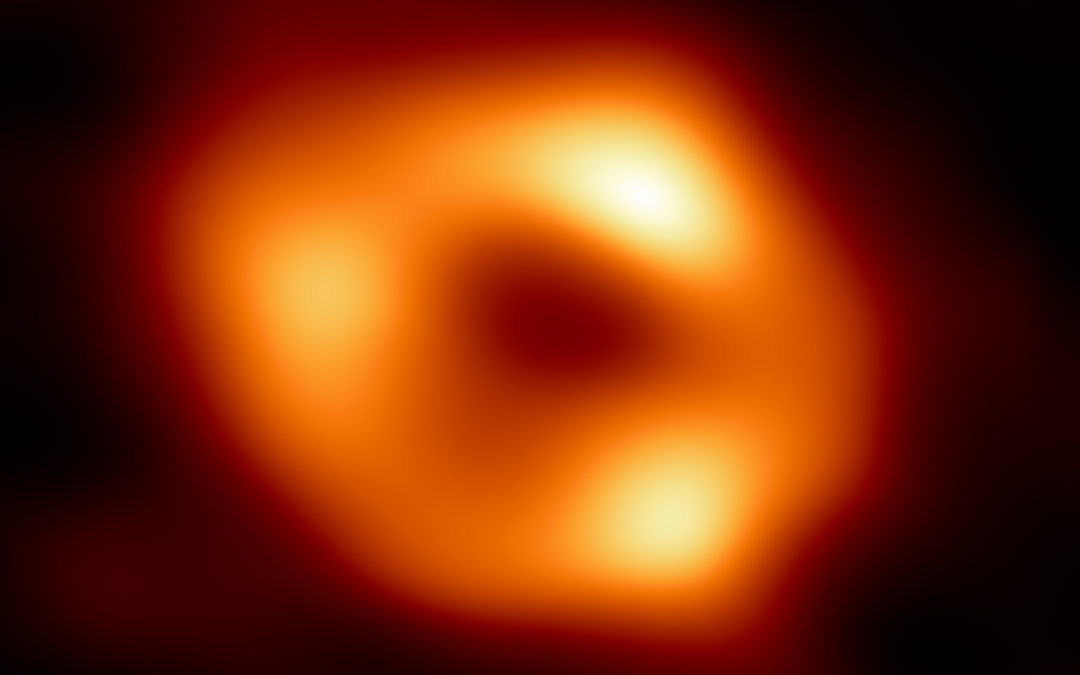
Ep. 643: Sagittarius A*
All the waiting is over, we’ve finally seen the image of the event horizon from the supermassive black hole at the heart of the Milky Way. Today we’re going to explain the picture, and what’s next for the Event Horizon Telescope.
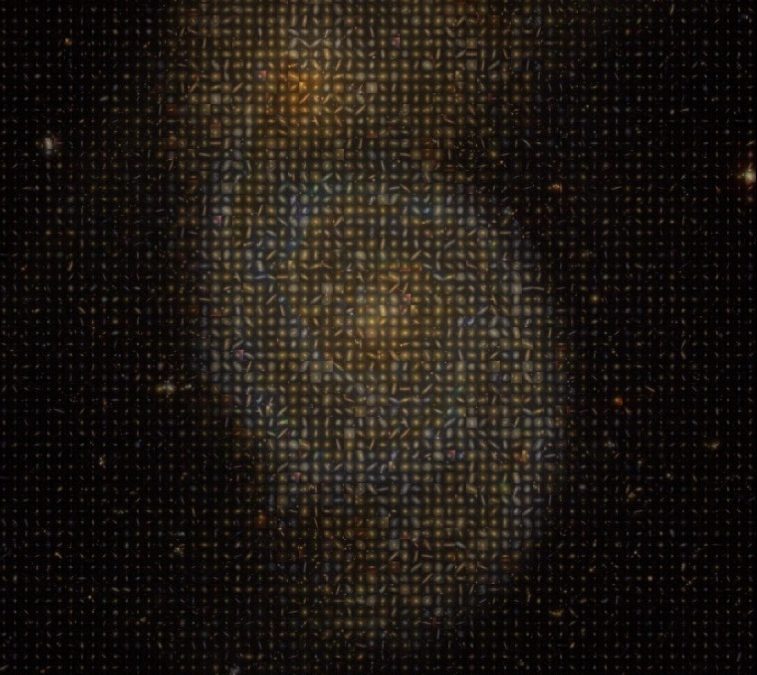
Ep. 640: Survey Science: Newest Projects and Results
There are general-purpose telescopes and missions that astronomers can use to study specific objects. And there are survey missions that look at the entire sky, which astronomers can use to answer questions about the Universe. We’ve talked about surveys in the past, but the landscape is changing fast so it’s time for an update.
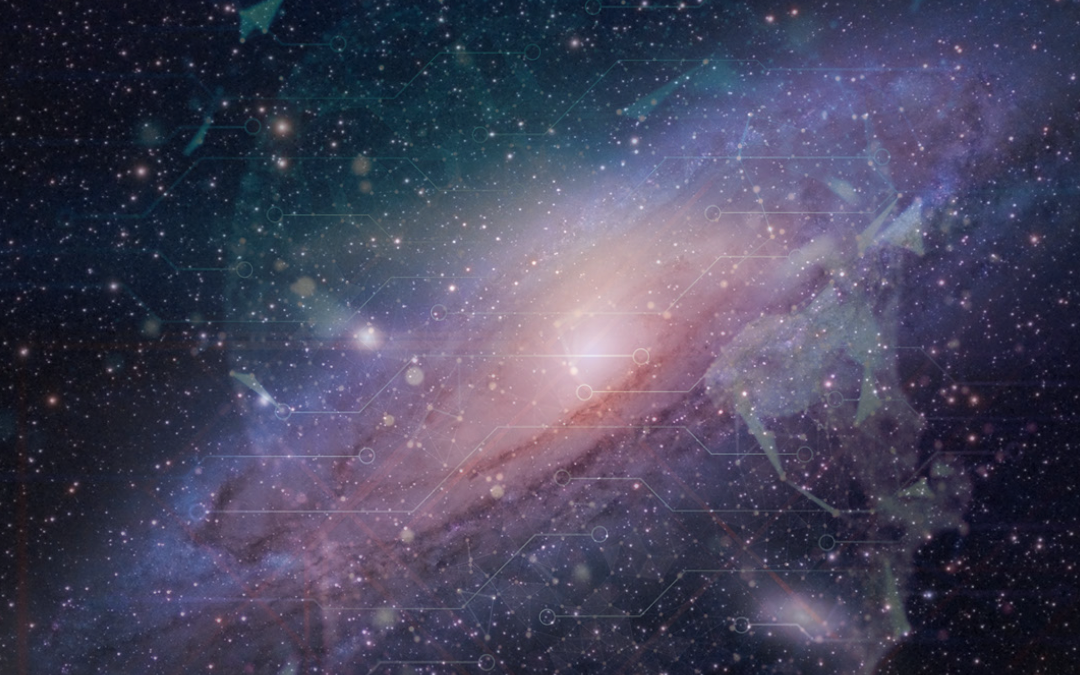
Ep. 637: Machine Learning in Astronomy
Computers are a big part of astronomy, but mostly they’ve been relegated to doing calculations. Recent developments in machine learning have changed everything, giving computers the ability to do jobs that humans could only do in the past.
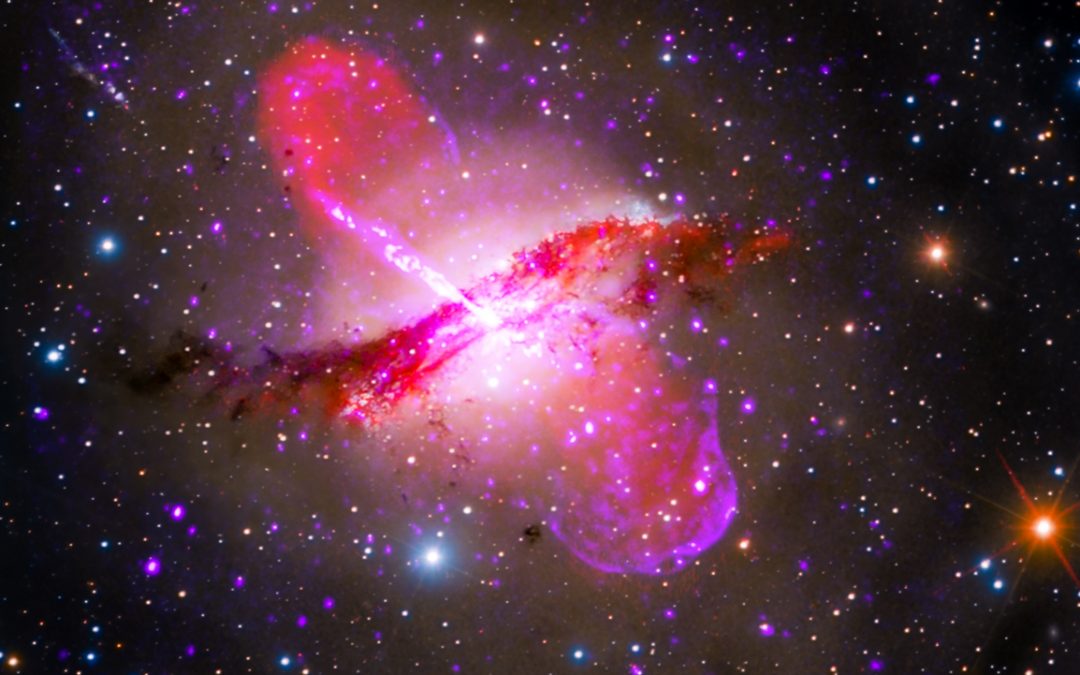
Ep. 635: Jets: When Magnetic Fields Fling Things
As astronomers look out across the Universe, they see various objects spewing jets of material light years into space. What causes these jets, and what impact do they have on the Universe.
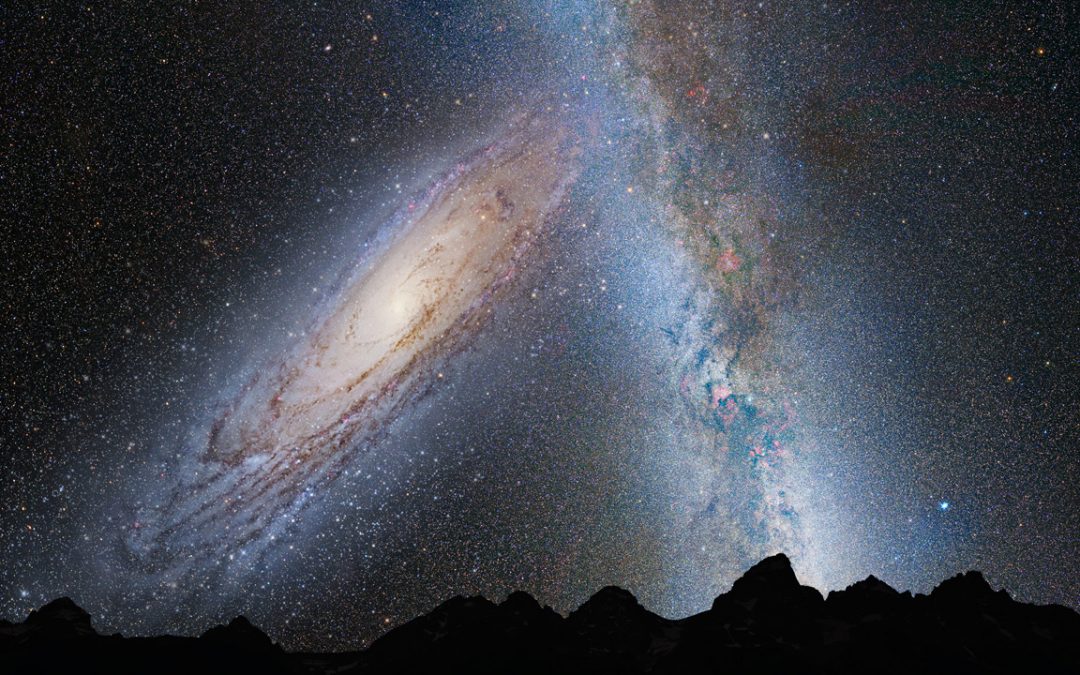
Ep. 634: Milky Way’s Mergers & Acquisitions
The Milky Way is a vast grand spiral today, but how did it get this way? Astronomers are starting to unravel the history of our galaxy, revealing the ancient collisions with dwarf galaxies, and how they came together to build the Milky Way.
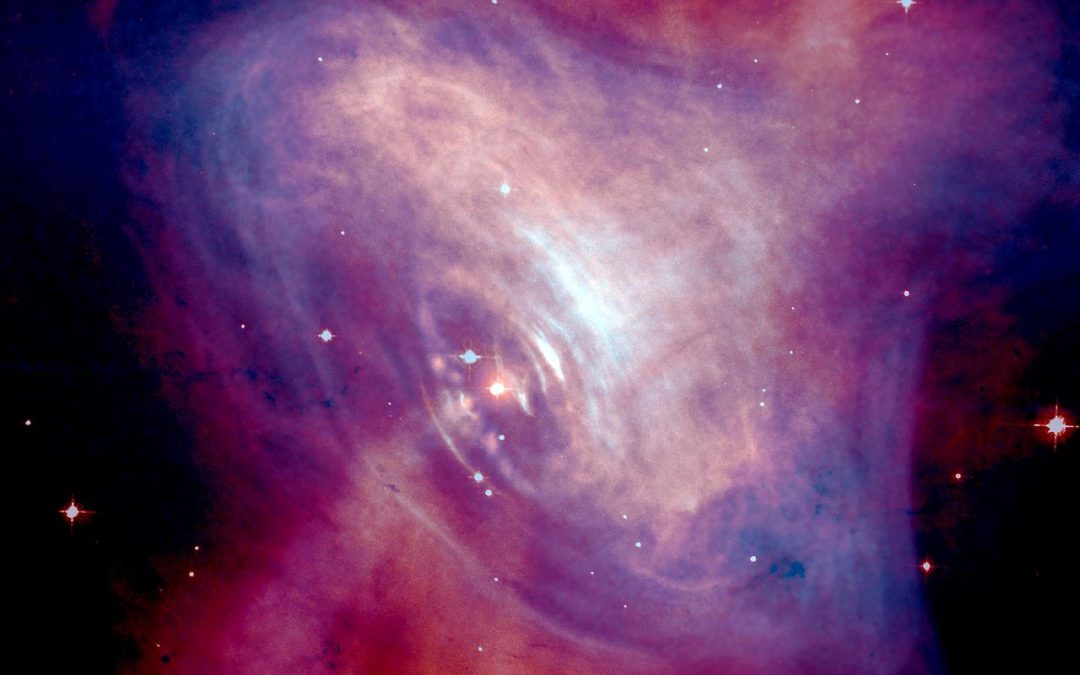
Ep. 631: All the Uses of Pulsars (Including Murder)
Pulsars are the rapidly spinning degenerate husks of dead stars, turning hundreds of times a second. But they’re also handy clocks, spinning with such certainty and accuracy that astronomers can use them for all kinds of stuff. We might even use them to navigate the cosmos.
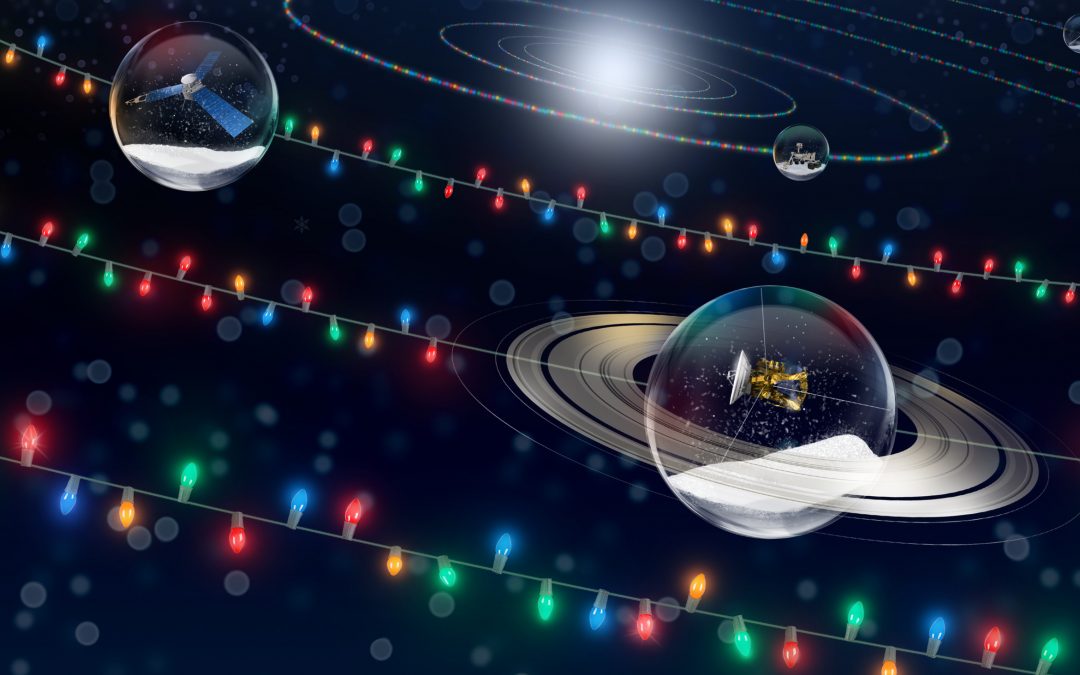
Ep. 625: End of the Year Review
We’ve reached the end of 2021, and this is the last episode of the year. Let’s look back at the big space events of the last year and talk about what we’re looking forward to in 2022.
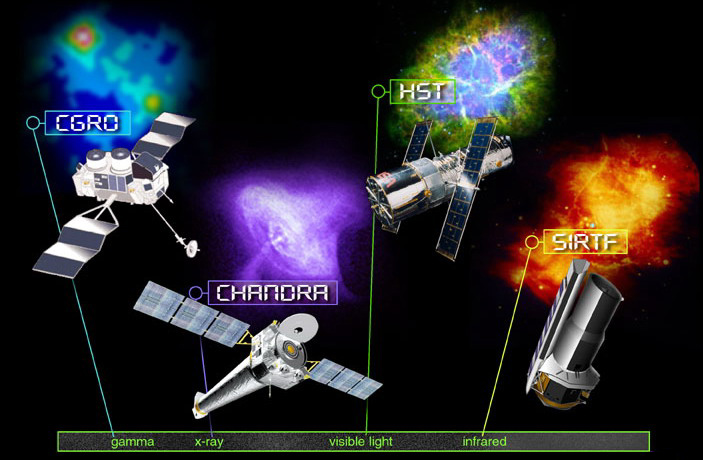
Ep. 616: Hangout-a-thon Episode 1 – The Great Observatories
You’re familiar with the Hubble Space Telescope, of course, but it’s just one of NASA’s Great Observatories. After Hubble came three more incredible observatories, each greater than the last. Together, they would fill in almost the entire electromagnetic spectrum.
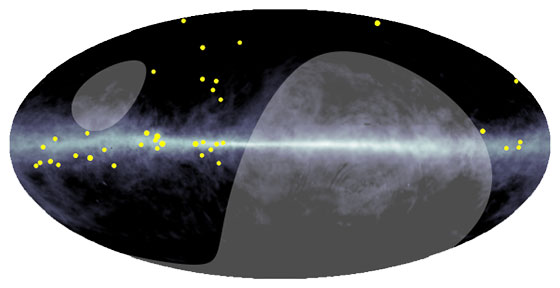
Ep. 602: The New Colors of Gamma Rays – Getting Shorter
The Earth’s atmosphere protects us from a Universe that’s trying to kill us, but it also blocks our view of the extreme cosmos, like seeing x-rays and gamma radiation. Space telescopes are changing our view of the most extreme events in the Universe.
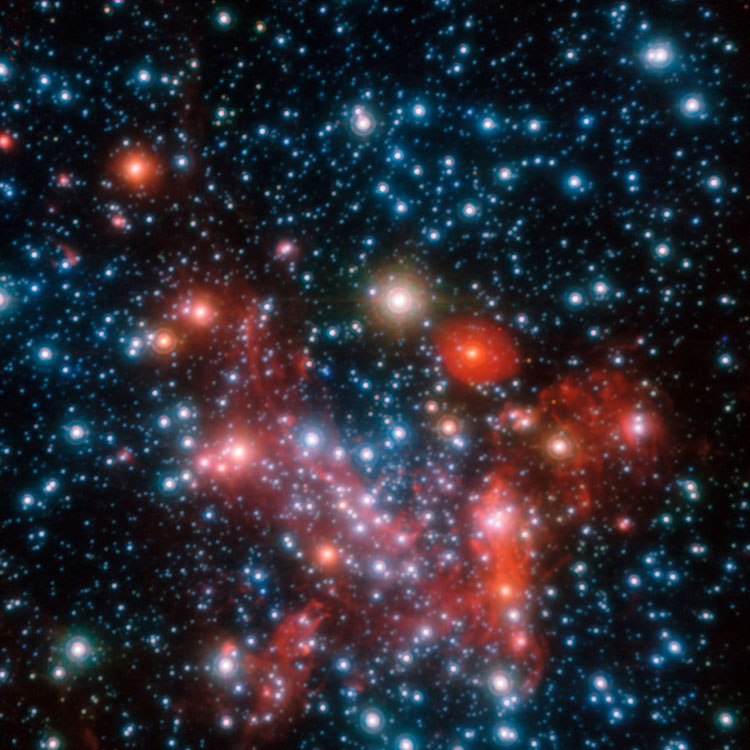
Ep. 598: How You Could Overturn Cosmology
You’ve probably heard of dark matter and dark energy, but maybe you don’t fully understand what they are. Or maybe the idea itself just rubs you the wrong way and you’d like to know why scientists think they can just make stuff up like this. So you’d like to overturn cosmology? Here’s all you need to do.
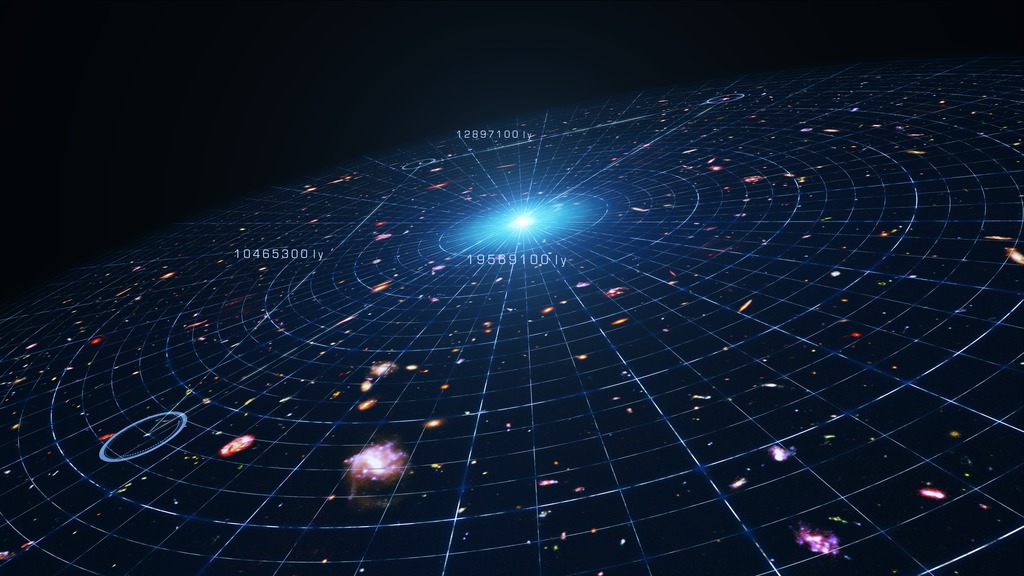
Ep. 597: The Expansion of the Universe (Updated)
It’s been a while since we checked to make sure the Universe was still expanding. Yeah, apparently, that’s still a thing. But in the last few years powerful new telescopes and expansive surveys have given us much more knowledge about what’s happening.
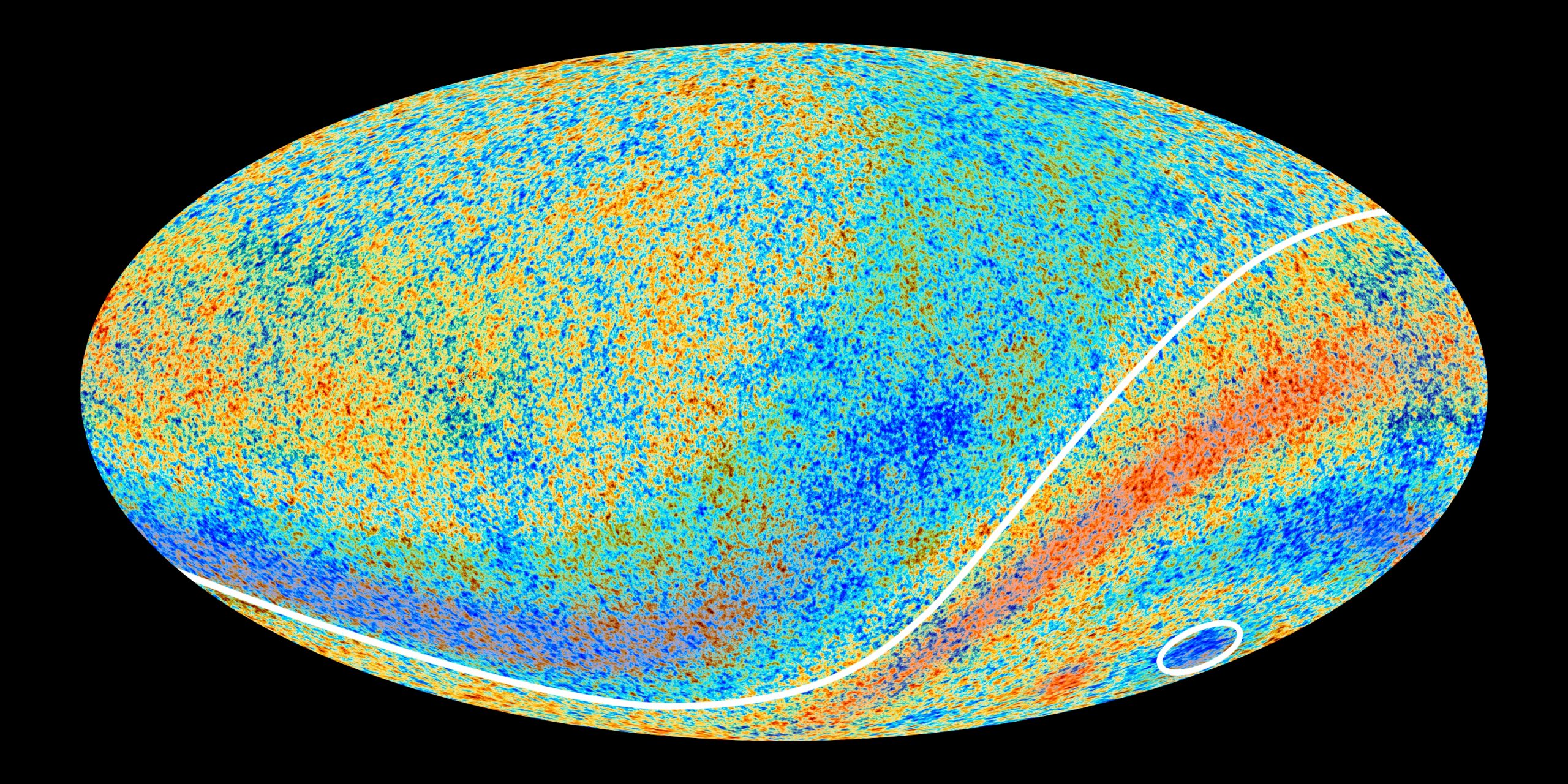
Ep. 596: Universe’s Background Noise
You might be familiar with the cosmic microwave background, but that’s just one of the background radiations astronomers look at. Some are well known and cataloged, while others are just starting to be possible to see. All of them tell us more about our Universe.
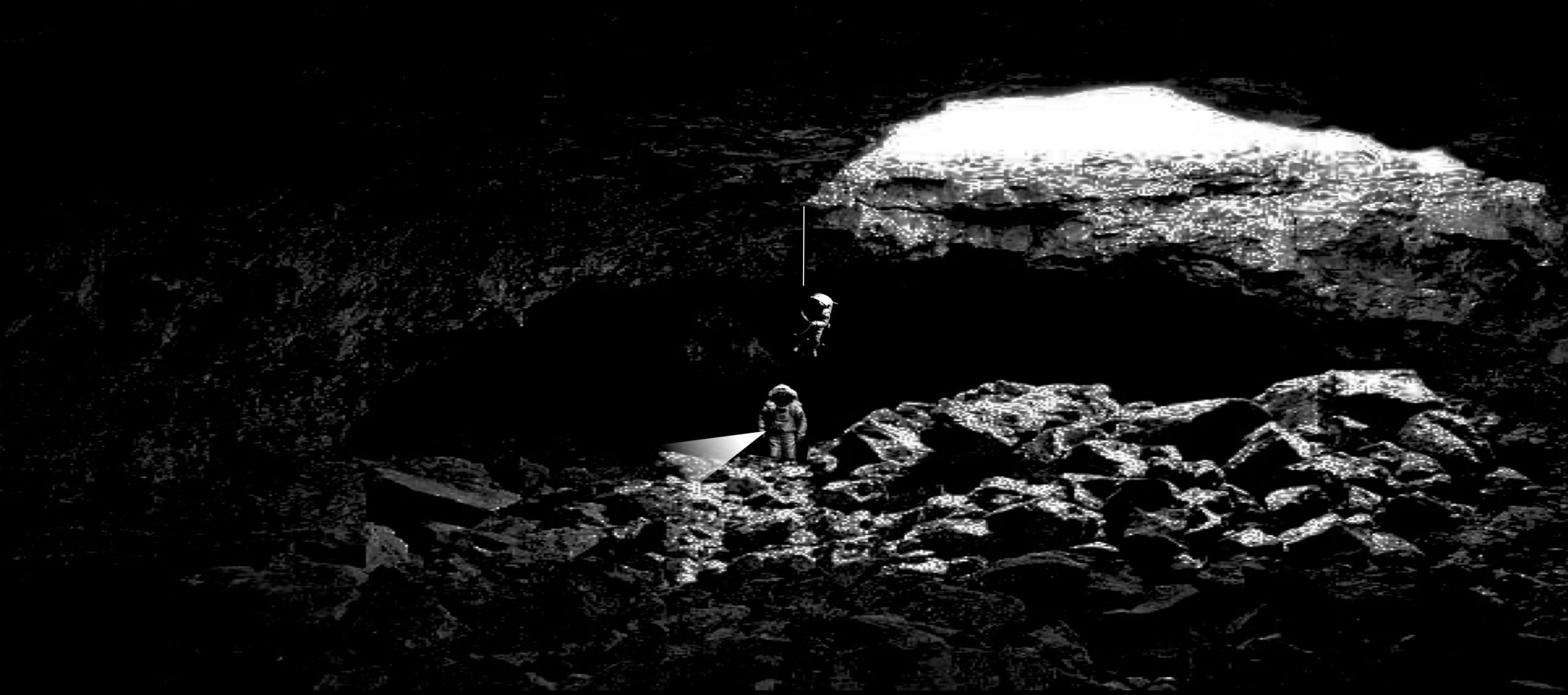
Ep. 588: Lunar Resources: Lava Tubes
All eyes are on the Moon. We’re going back, this time to stay… right? One of the best resources on the Moon will be the lava tubes that crisscross the subsurface of the Moon. These can provide protection from space, and a look into the geologic history of the Moon. And they can be enormous.
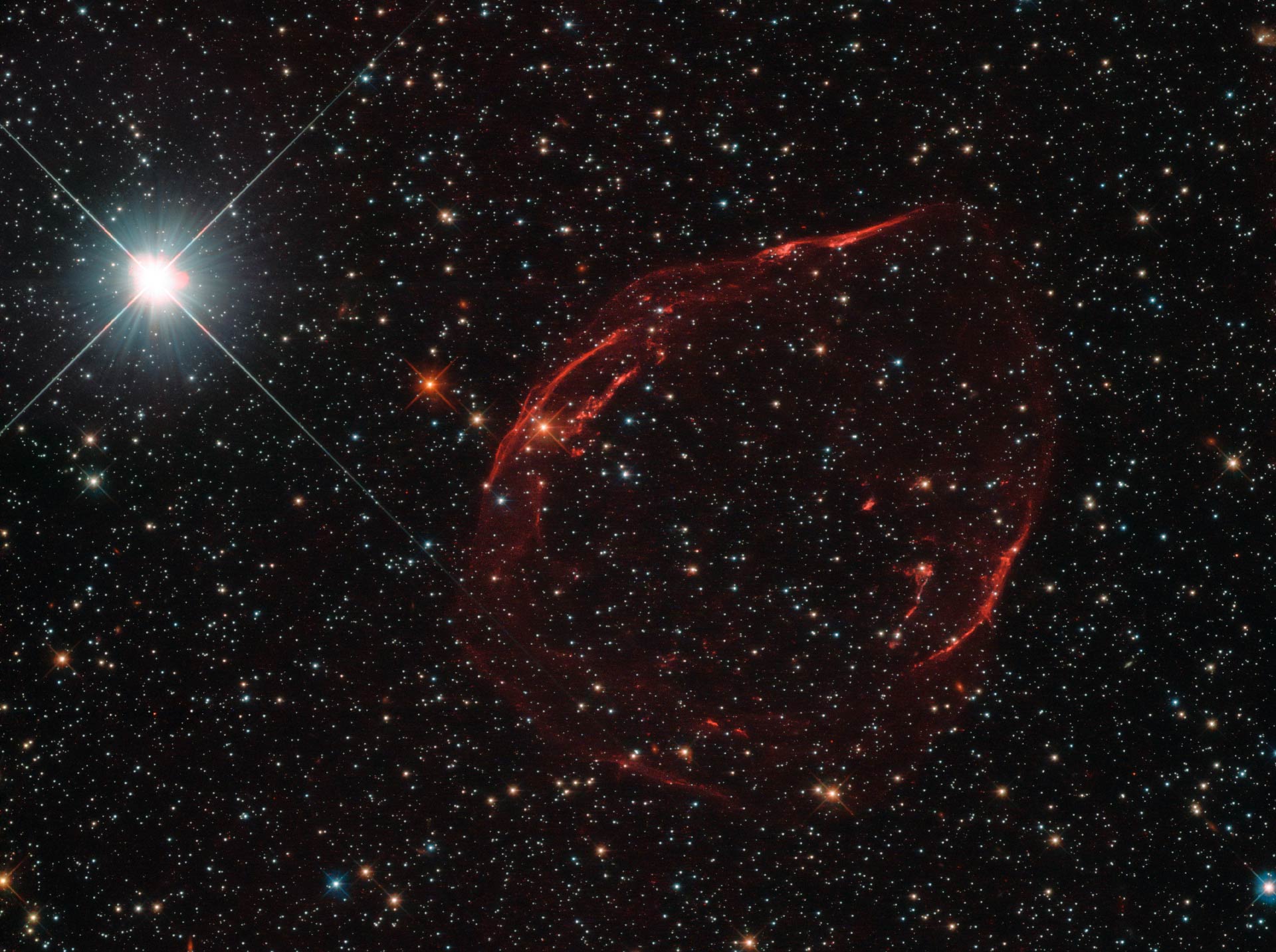
Ep. 580: Exploding Dwarfs
You’d think that a white dwarf star is the end of a stellar life. It’s all downhill from there. A long, slow cool down towards the end of everything. But in some situations, even dead stars can get exciting again, briefly becoming some of the brightest objects in the Universe. And just maybe, the last exciting thing that ever happens in the Universe.
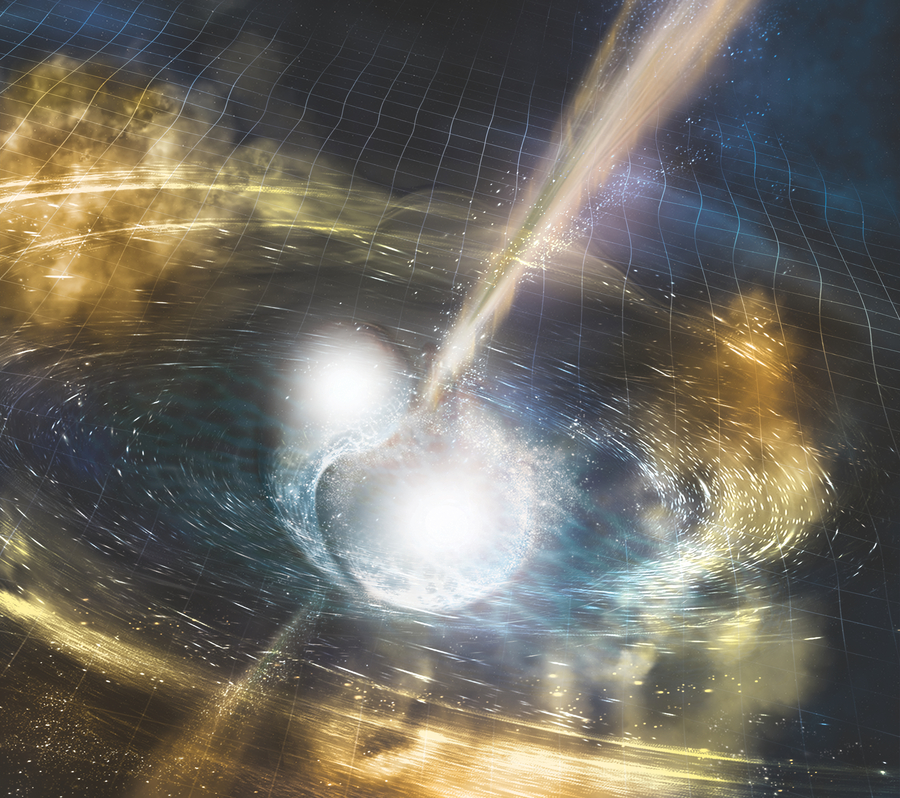
Ep. 571: Extreme Binaries
We’re familiar with regular binary stars. Two stars orbiting each other. Simple. Of course, the Universe has come up with every combination of things orbiting other things. And this week we look at the extreme version of this.
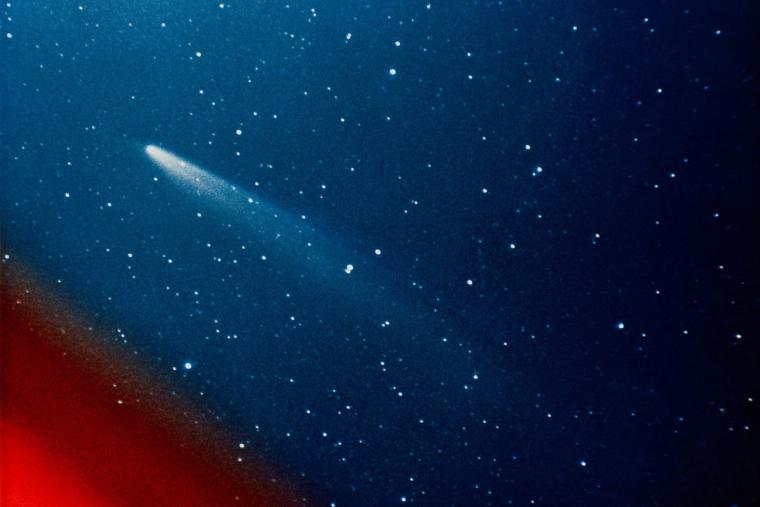
Ep. 570: Discovering Comets
Discovering comets is one of the fields that amateurs can still make a regular contribution to astronomy. But more and more telescopes are getting found by spacecraft, automated systems and machine learning. This week, we’ll talk about how comets are discovered and how you can get your name on one.

Ep. 558: Supernova SN 2006gy
https://www.youtube.com/watch?v=JJQFrgxlmus We've been following this story for more than a decade, so it's great to finally have an answer to the question, why was supernova 2006gy so insanely bright? Astronomers originally thought it was an example of a supermassive...
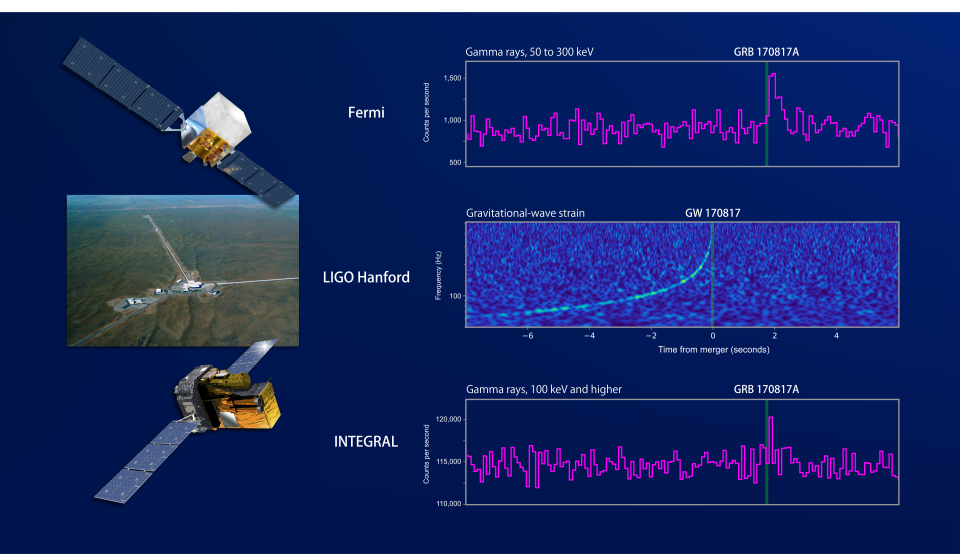
Ep. 556: Multi Messenger Astronomy
For the longest time astronomers could only study the skies with telescopes. But then new techniques and technologies were developed to help us see in different wavelengths. Now astronomers can study objects in both visible light, neutrinos, gravitational waves and more. The era of multi-messenger astronomy is here.
